The letter K feels like opening a spice chest that’s full of color and aroma. From the deep gold of kesar (saffron) to the smoky punch of Kashmiri chili, these ingredients don’t just season food—they paint it with personality. Some bring gentle warmth, others carry fiery heat, and a few surprise us with sweetness tucked inside savory traditions.
What makes the “K” collection exciting is its range. You’ll find kitchen staples like kitchen pepper blends, but also unique regional treasures such as kalonji seeds and kokum. In this guide, we’ll wander through the spices, seasonings, and herbs that start with K, exploring how they shape both flavor and culture in kitchens around the world.
Spices that Start with K
1. Kashmiri Chili
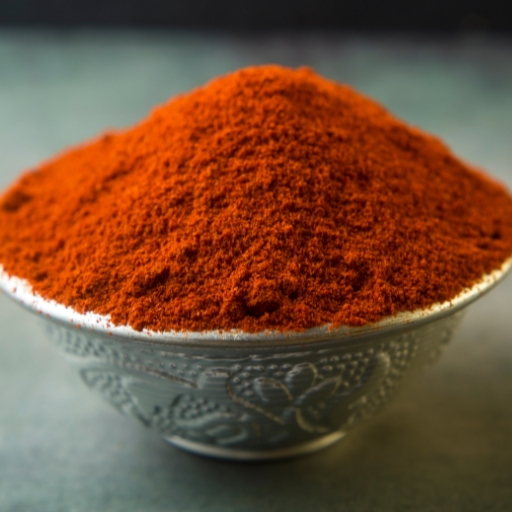
- Origin & History: Grown in India’s Kashmir region; prized for its color more than its heat.
- Appearance: Bright red, medium-sized dried chili peppers.
- Taste & Aroma: Mild heat, smoky, vibrant red hue.
- Culinary Uses: Curries, tandoori dishes, chutneys.
- Health Benefits: Rich in vitamin C and antioxidants.
- Fun Fact: Favored in Indian restaurants to give curries a striking red color.
2. Kalonji (Nigella Seeds)
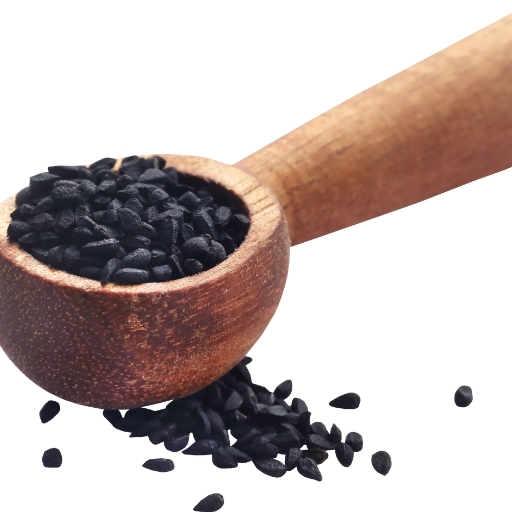
- Origin & History: Native to Southwest Asia; mentioned in ancient Egyptian texts.
- Appearance: Tiny, black, teardrop-shaped seeds.
- Taste & Aroma: Nutty, onion-like, peppery.
- Culinary Uses: Bread toppings, curries, pickles.
- Health Benefits: Known as “seeds of blessing” for their immune-boosting properties.
- Fun Fact: Kalonji seeds were found in King Tutankhamun’s tomb.
3. Kabab Chini (Cubeb Pepper)
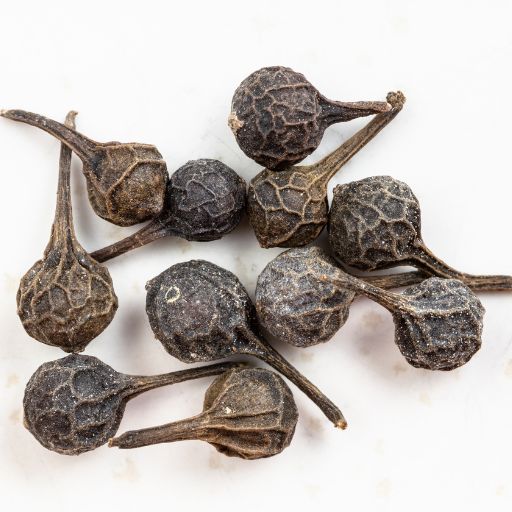
- Origin & History: Native to Java and Sumatra; traded widely in medieval Europe.
- Appearance: Black pepper–like berries with tiny stalks attached.
- Taste & Aroma: Peppery with hints of allspice and eucalyptus.
- Culinary Uses: Spice blends, sauces, and traditional Middle Eastern dishes.
- Health Benefits: Traditionally used for respiratory and digestive health.
- Fun Fact: Once banned in Europe to protect black pepper trade monopolies.
4. Kokum
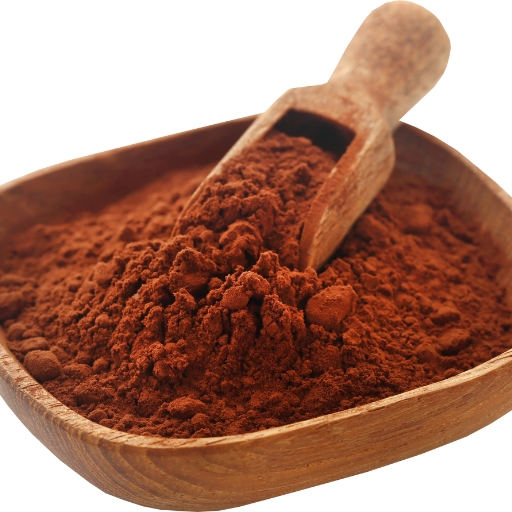
- Origin & History: Native to India’s Western Ghats; widely used in Konkani and Maharashtrian cuisine.
- Appearance: Dried, dark purple fruit slices.
- Taste & Aroma: Sour, tangy, slightly fruity.
- Culinary Uses: Curries, dals, refreshing drinks.
- Health Benefits: Aids digestion and cools the body.
- Fun Fact: Kokum sherbet is a summer staple along India’s Konkan coast.
5. Kesar (Saffron)
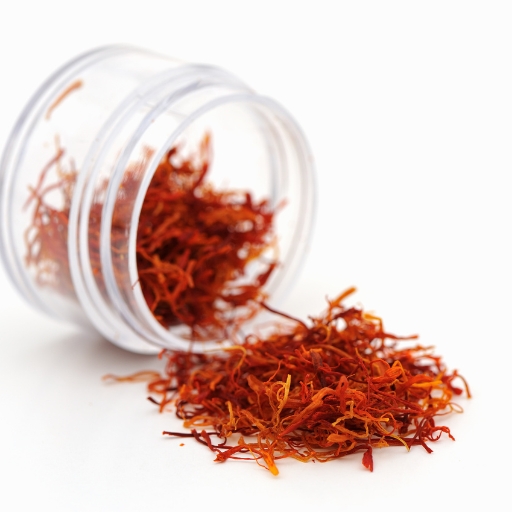
- Origin & History: Grown in Kashmir and Iran; one of the most valuable spices in the world.
- Appearance: Crimson-red threads from crocus flowers.
- Taste & Aroma: Floral, honey-like, earthy.
- Culinary Uses: Biryani, kheer, desserts, teas.
- Health Benefits: Rich in antioxidants, mood-enhancing properties.
- Fun Fact: It takes around 75,000 flowers to produce just one pound of saffron.
6. Katsuobushi (Dried Bonito Flakes)
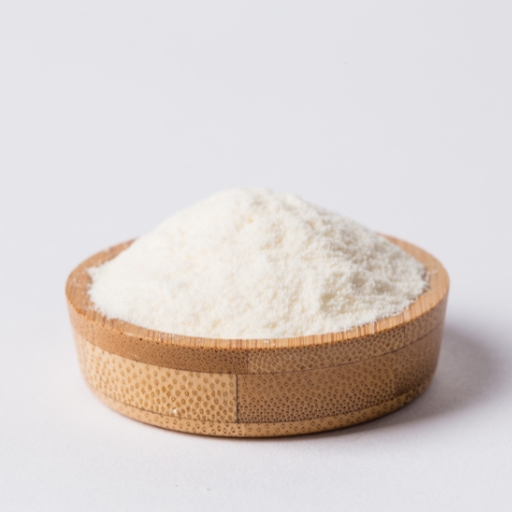
- Origin & History: Traditional Japanese seasoning made from fermented, smoked skipjack tuna.
- Appearance: Thin, pinkish flakes.
- Taste & Aroma: Smoky, savory, umami-rich.
- Culinary Uses: Dashi broth, rice toppings, okonomiyaki.
- Health Benefits: High in protein and antioxidants.
- Fun Fact: Sometimes called the “dancing fish flakes” because they curl and move when sprinkled on hot food.
7. Kencur (Aromatic Ginger)
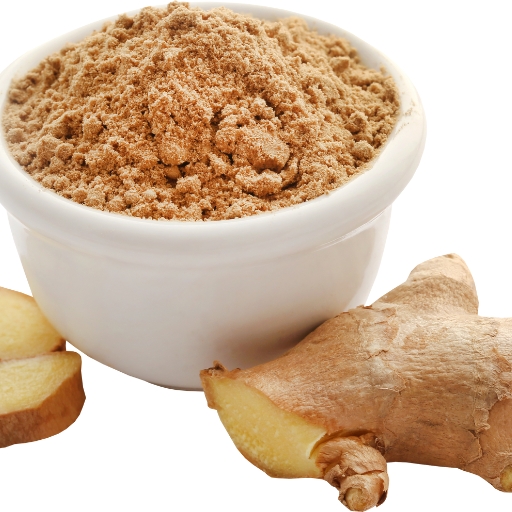
- Origin & History: Native to Indonesia; used in Javanese and Balinese cooking.
- Appearance: Small rhizome with a brown skin and white interior.
- Taste & Aroma: Peppery, earthy, slightly medicinal.
- Culinary Uses: Herbal drinks, sambals, soups.
- Health Benefits: Supports digestion and relieves colds.
- Fun Fact: A key ingredient in the traditional Javanese drink jamu.
8. Korean Chili Flakes (Gochugaru)
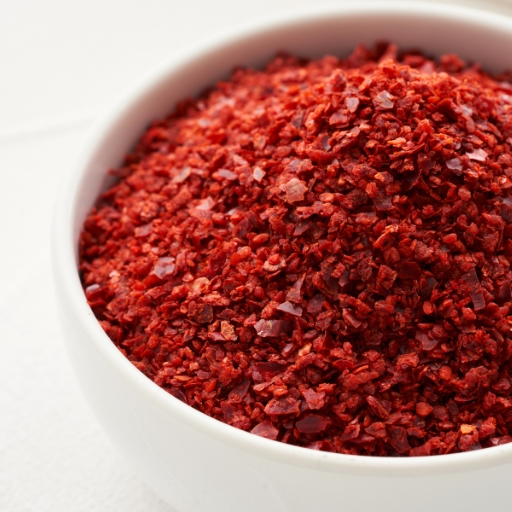
- Origin & History: Central to Korean cuisine for kimchi-making.
- Appearance: Bright red coarse flakes.
- Taste & Aroma: Mild to medium heat, smoky-sweet.
- Culinary Uses: Kimchi, stews, marinades.
- Health Benefits: High in vitamin C and metabolism-boosting capsaicin.
- Fun Fact: The unique sun-drying process gives gochugaru its signature flavor.
9. Kubeba Powder (Cubeb Pepper, Ground Form)
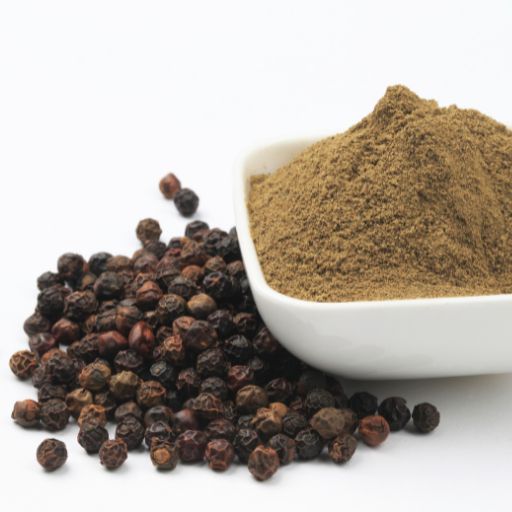
- Origin & History: Same as kabab chini, but ground for seasoning use.
- Appearance: Fine brownish powder.
- Taste & Aroma: Peppery, camphor-like, slightly bitter.
- Culinary Uses: Spice blends, sauces, curries.
- Health Benefits: Antimicrobial and digestive aid.
- Fun Fact: Featured in old European cookbooks of the Middle Ages.
10. Kaffir Lime Peel (Dried Spice Form)
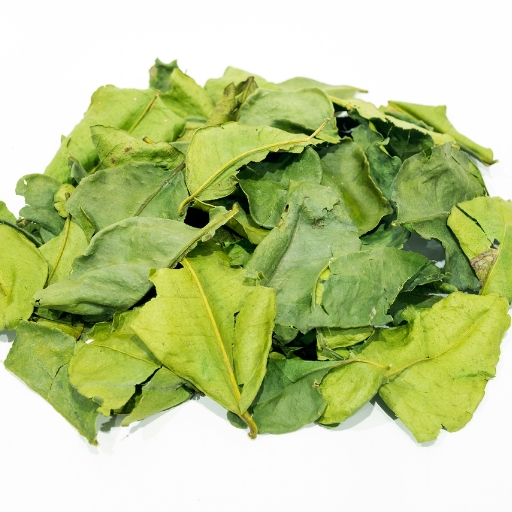
- Origin & History: Native to Southeast Asia; used in Thai and Indonesian cooking.
- Appearance: Dark green rind, dried and chopped.
- Taste & Aroma: Strong citrus, floral, slightly bitter.
- Culinary Uses: Curries, soups, spice pastes.
- Health Benefits: Stimulates digestion and boosts immunity.
- Fun Fact: Often used in ceremonial and medicinal rituals in Southeast Asia.
Seasonings that Start with K
1. Korean BBQ Seasoning
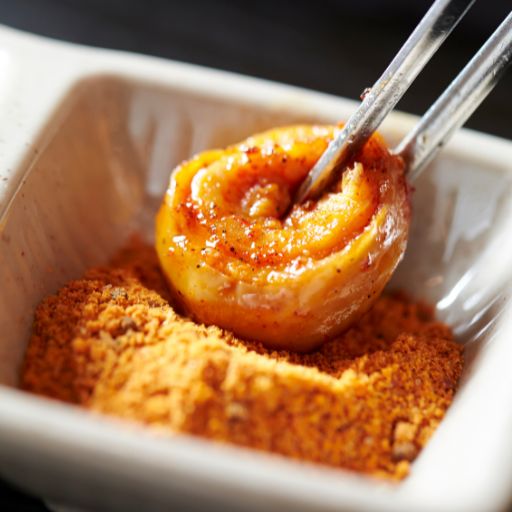
- Origin & History: Inspired by traditional Korean marinades for bulgogi and galbi.
- Appearance: Brownish blend of soy, garlic, sugar, sesame, and pepper.
- Taste & Aroma: Sweet, savory, smoky.
- Culinary Uses: Dry rubs for grilled meats, stir-fries, and marinades.
- Health Benefits: Sesame provides healthy fats; garlic supports immunity.
- Fun Fact: Korean BBQ is as much about social dining as flavor—meals are cooked and shared at the table.
2. Kansas City BBQ Rub
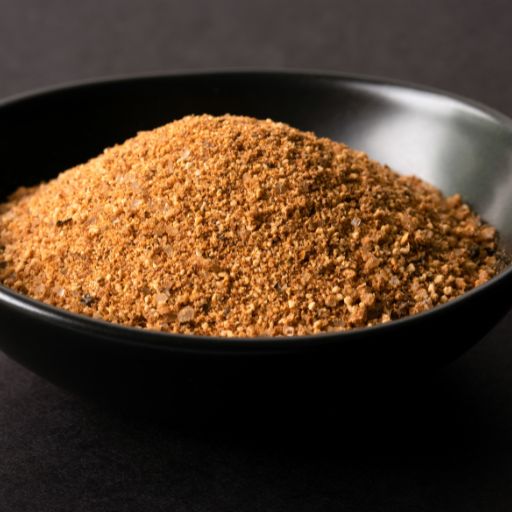
- Origin & History: A classic American barbecue style from Kansas City.
- Appearance: Reddish-brown spice blend.
- Taste & Aroma: Sweet, smoky, slightly spicy.
- Culinary Uses: Ribs, chicken, brisket, roasted vegetables.
- Health Benefits: Chili and paprika add antioxidants.
- Fun Fact: Kansas City is known as the “BBQ Capital of the World.”
3. Kecap Manis Seasoning
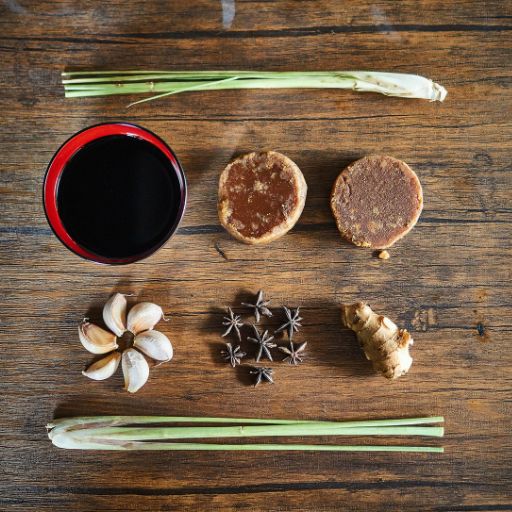
- Origin & History: Traditional Indonesian sweet soy sauce seasoning.
- Appearance: Thick, dark brown sauce.
- Taste & Aroma: Sweet, molasses-like, umami-rich.
- Culinary Uses: Stir-fries, satay marinades, fried rice.
- Health Benefits: Adds depth with less salt than plain soy sauce.
- Fun Fact: “Kecap” is the origin of the English word “ketchup.”
4. Katsu Sauce (Japanese Seasoning)
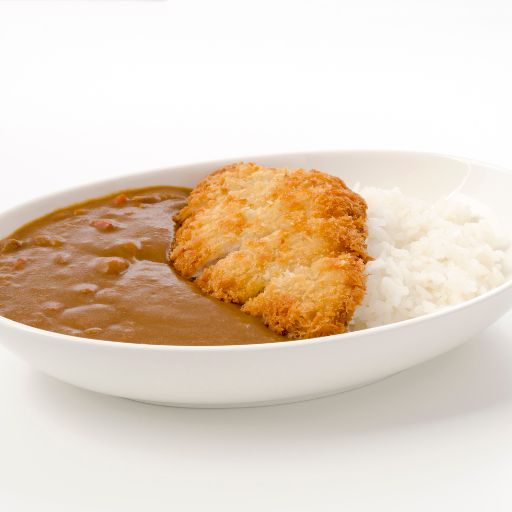
- Origin & History: Japanese sauce created in the 20th century, influenced by Western Worcestershire sauce.
- Appearance: Thick, dark brown condiment.
- Taste & Aroma: Sweet, tangy, savory.
- Culinary Uses: Tonkatsu (pork cutlet), fried chicken, croquettes.
- Health Benefits: Adds flavor without excessive spice or heat.
- Fun Fact: Sometimes called the “Japanese ketchup” because of its popularity.
5. Kerala Curry Powder
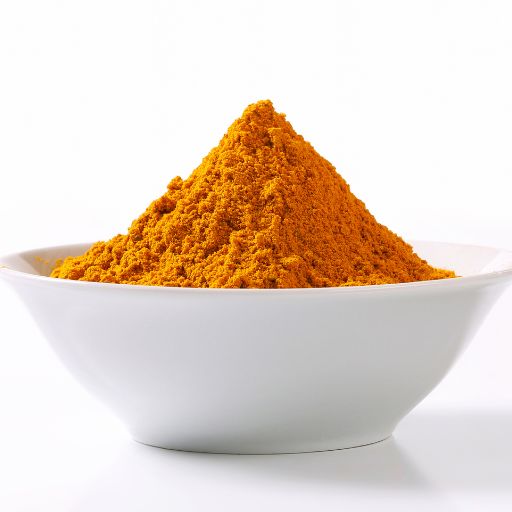
- Origin & History: From Kerala, India, known for its coconut-rich and aromatic cuisine.
- Appearance: Yellow-brown blend with turmeric, coriander, fennel, and curry leaves.
- Taste & Aroma: Warm, earthy, slightly sweet.
- Culinary Uses: Curries, lentil soups, fish stews.
- Health Benefits: Packed with digestion-friendly spices.
- Fun Fact: Many Kerala blends include roasted coconut for extra aroma.
6. Kimchi Seasoning
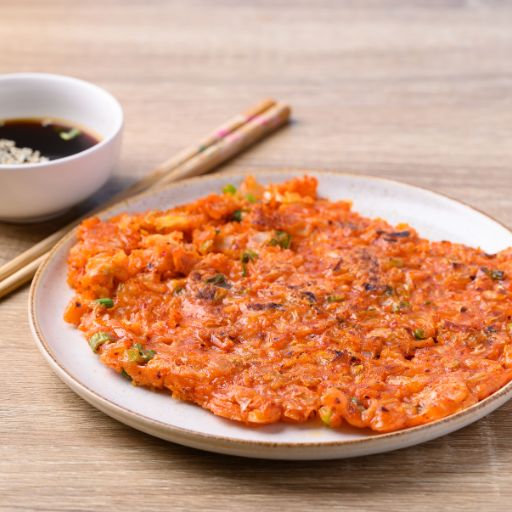
- Origin & History: Korean seasoning mix used for making kimchi.
- Appearance: Red, coarse blend of chili, garlic, ginger, fish sauce, and salt.
- Taste & Aroma: Spicy, tangy, umami-rich.
- Culinary Uses: Fermenting cabbage and radish; also flavoring soups and stews.
- Health Benefits: Fermentation creates probiotics for gut health.
- Fun Fact: UNESCO recognizes kimchi-making (kimjang) as an Intangible Cultural Heritage.
7. Kentucky Bourbon Marinade/Seasoning
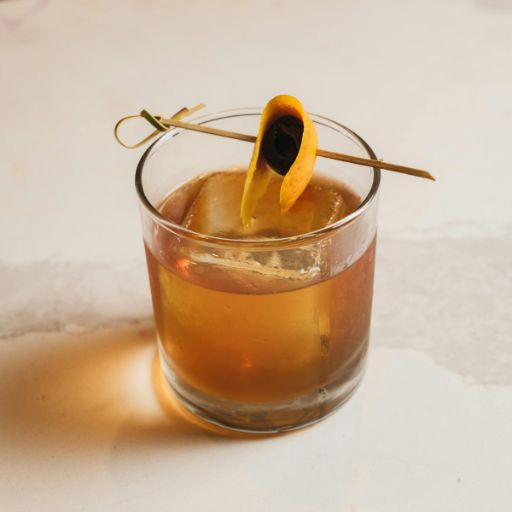
- Origin & History: Inspired by Kentucky’s world-famous bourbon whiskey.
- Appearance: Dark glaze or dry rub with bourbon-infused flavors.
- Taste & Aroma: Sweet, smoky, oaky.
- Culinary Uses: Glazes for ribs, chicken, or steak; seasoning for roasted vegetables.
- Health Benefits: Adds flavor without heavy oils or creams.
- Fun Fact: Many commercial blends use real bourbon in the seasoning process.
Herbs that Start with K
1. Kaffir Lime Leaves
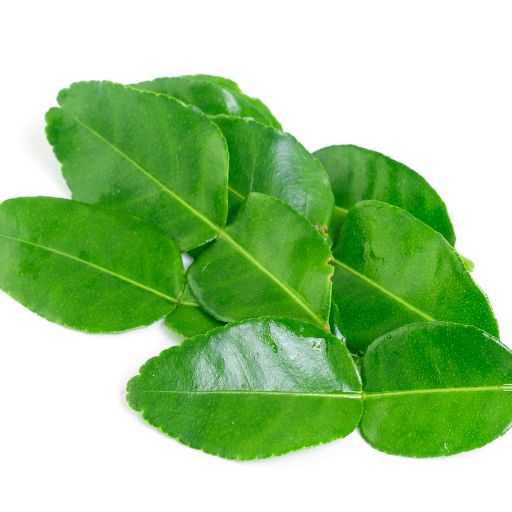
- Origin & History: Native to Southeast Asia; essential in Thai and Indonesian cooking.
- Appearance: Dark green, glossy, double-lobed leaves.
- Taste & Aroma: Strong citrus, floral, and slightly bitter.
- Culinary Uses: Curries, soups, stir-fries, and spice pastes.
- Health Benefits: Supports digestion and immunity.
- Fun Fact: Often torn or bruised before cooking to release their oils.
2. Karela (Bitter Melon Leaf)
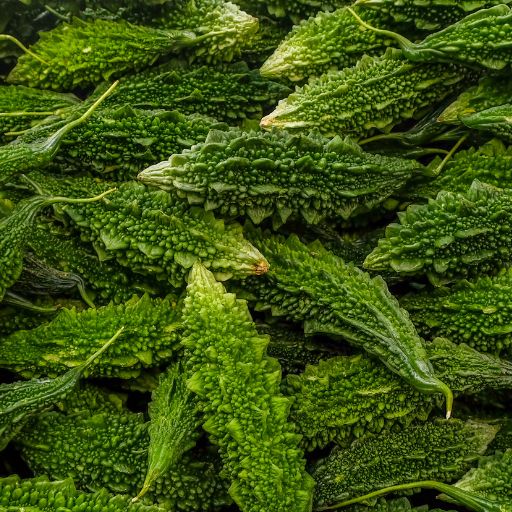
- Origin & History: Grown in Asia, Africa, and the Caribbean; used in traditional medicine.
- Appearance: Jagged green leaves from the bitter melon plant.
- Taste & Aroma: Strong, bitter, earthy.
- Culinary Uses: Teas, stir-fries, herbal remedies.
- Health Benefits: Supports blood sugar regulation.
- Fun Fact: Bitter melon leaves are as medicinally valued as the fruit itself.
3. Korean Perilla (Kkaennip)
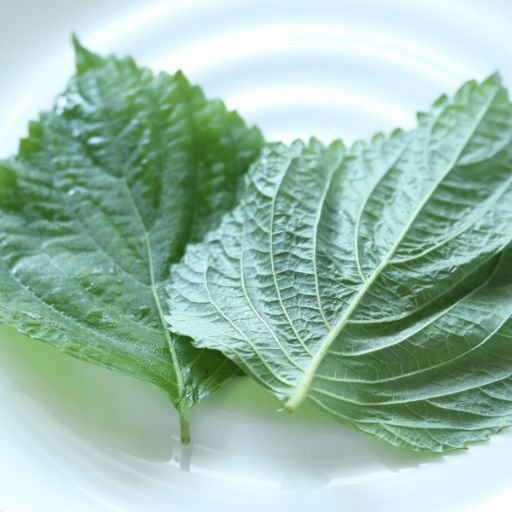
- Origin & History: Common in Korean cuisine; part of the mint family.
- Appearance: Large, oval green leaves with serrated edges.
- Taste & Aroma: Nutty, grassy, with hints of anise.
- Culinary Uses: Wraps for rice and meat, pickled, stir-fried.
- Health Benefits: High in omega-3 fatty acids and antioxidants.
- Fun Fact: Koreans often pickle perilla leaves like kimchi for side dishes.
4. Kumquat Leaf
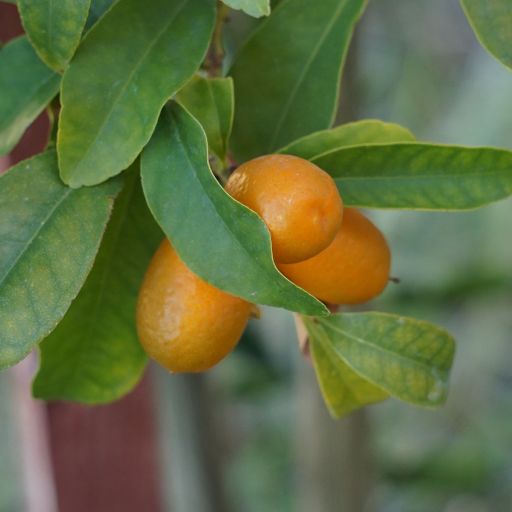
- Origin & History: From the kumquat tree, native to China.
- Appearance: Glossy, elongated green leaves.
- Taste & Aroma: Citrus-like with a fragrant bitterness.
- Culinary Uses: Infused in teas, desserts, and savory broths.
- Health Benefits: Supports immunity and aids digestion.
- Fun Fact: The leaves are sometimes used in traditional Chinese medicine alongside the fruit.
5. Kudzu Leaf
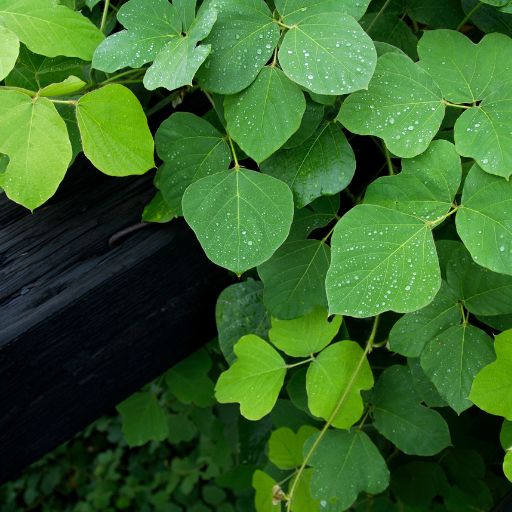
- Origin & History: Native to East Asia; widely used in Chinese and Japanese herbal medicine.
- Appearance: Large, lobed green leaves.
- Taste & Aroma: Mild, grassy, slightly bitter.
- Culinary Uses: Herbal teas, soups, and traditional remedies.
- Health Benefits: Said to relieve headaches and support circulation.
- Fun Fact: Kudzu grows so rapidly in the U.S. that it’s nicknamed “the vine that ate the South.”
6. Kurrat (Egyptian Leek)
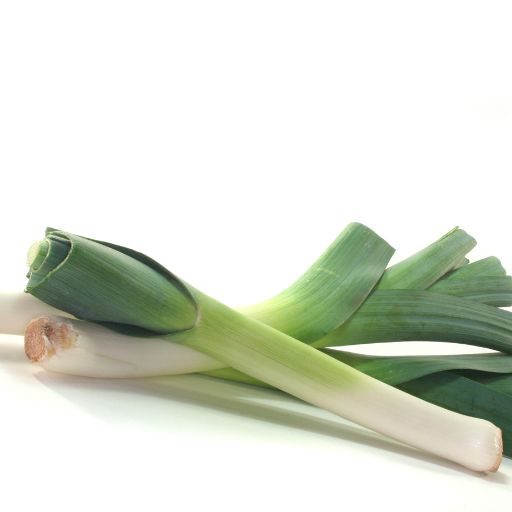
- Origin & History: Cultivated in Egypt since ancient times; ancestor of modern leeks.
- Appearance: Long, flat, strap-like green leaves.
- Taste & Aroma: Mild, oniony, slightly garlicky.
- Culinary Uses: Salads, soups, omelets, and stews.
- Health Benefits: Rich in vitamin K and antioxidants.
- Fun Fact: Ancient Egyptians considered kurrat sacred and depicted it in tomb art.
7. Knotweed (Edible Varieties)
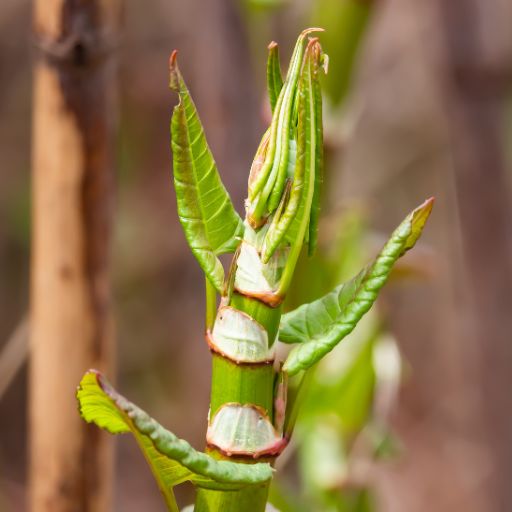
- Origin & History: Includes species like Japanese knotweed; eaten in Asia and Europe.
- Appearance: Hollow stems with broad green leaves.
- Taste & Aroma: Tart, rhubarb-like.
- Culinary Uses: Soups, jams, herbal teas.
- Health Benefits: Contains resveratrol, good for heart health.
- Fun Fact: Though invasive in the West, it’s still used as food in Japan.
8. Kenyan Tea Leaf (Camellia sinensis var.)
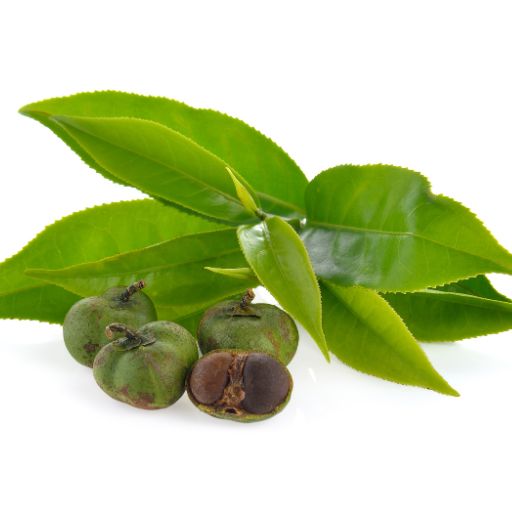
- Origin & History: Grown in Kenya, one of the world’s top tea producers.
- Appearance: Glossy green leaves harvested for tea.
- Taste & Aroma: Earthy, brisk, malty.
- Culinary Uses: Black and green teas, herbal infusions.
- Health Benefits: Rich in antioxidants, supports alertness and heart health.
- Fun Fact: Kenyan teas are known for their bright color and bold flavor.
9. King’s Spear (Asphodeline lutea)
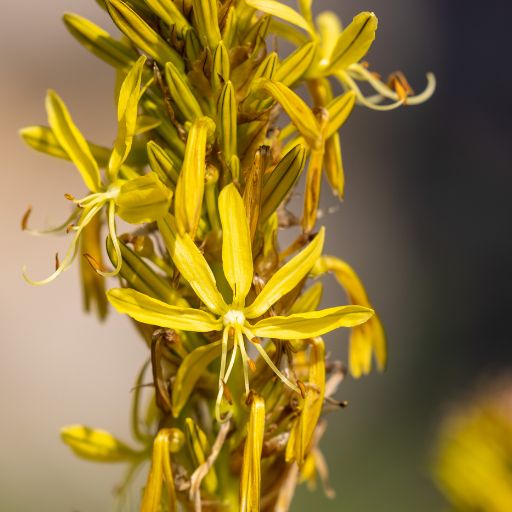
- Origin & History: Native to the Mediterranean; traditionally used as a culinary and medicinal herb.
- Appearance: Grass-like leaves with tall yellow flower spikes.
- Taste & Aroma: Mild, grassy, slightly sweet.
- Culinary Uses: Leaves and roots cooked in Mediterranean dishes.
- Health Benefits: Traditionally used for digestive support.
- Fun Fact: Its bright flowers also make it a favorite ornamental plant.
Conclusion
The letter K adds both heat and harmony to the kitchen—whether it’s the fiery bite of Kashmiri chili, the tang of kokum, or the refreshing lift of Kaffir lime leaves. These flavors show us how a single spice or herb can brighten an entire dish. Up next, we’ll explore the lively and leafy world of L, where citrusy herbs and cozy spices take the spotlight.

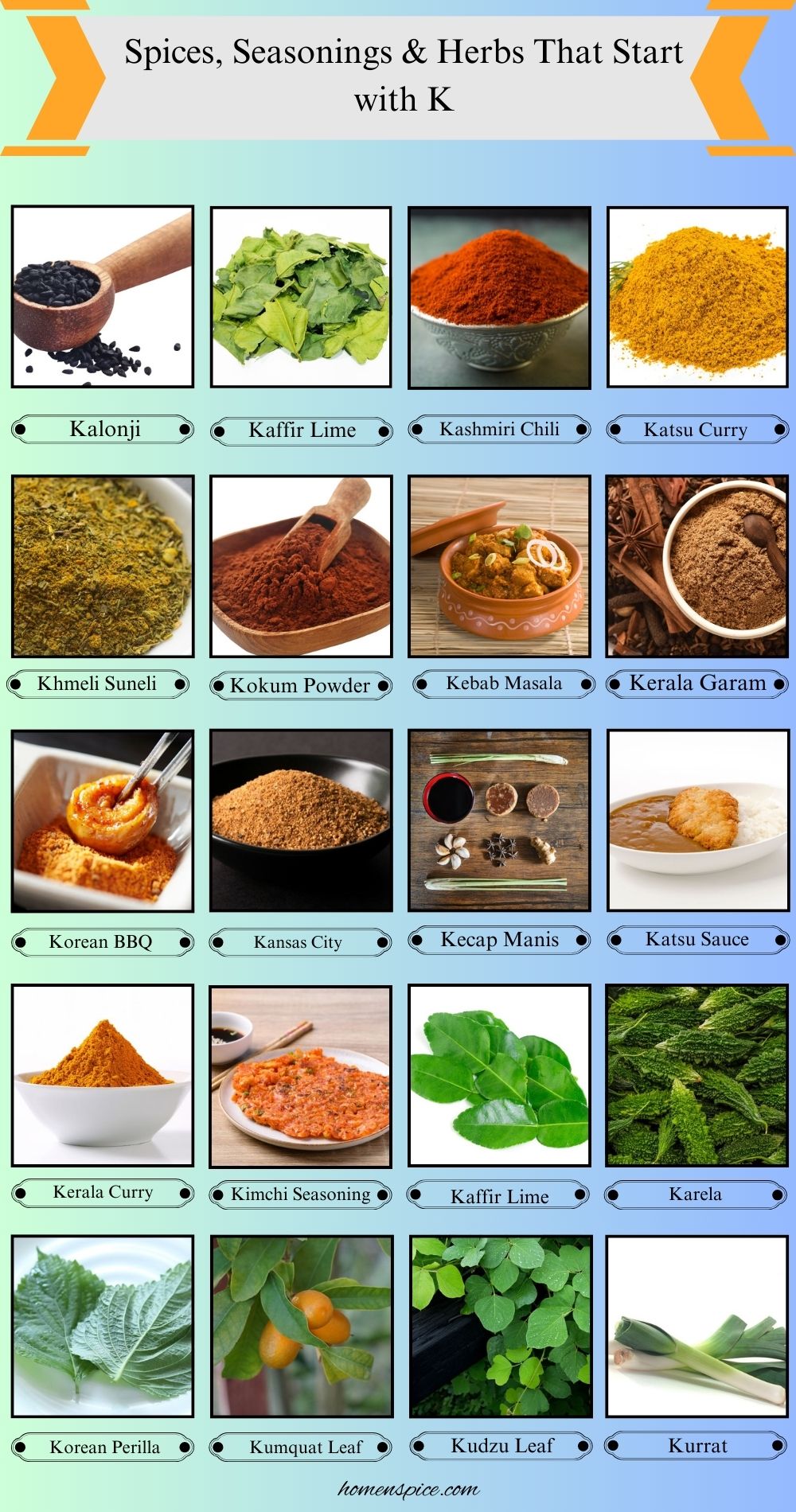
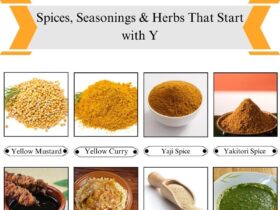
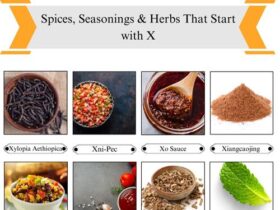
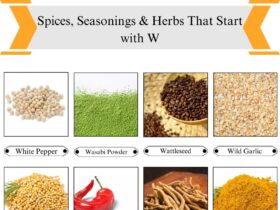
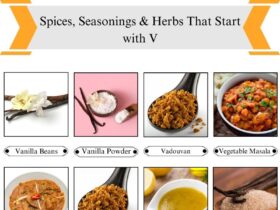
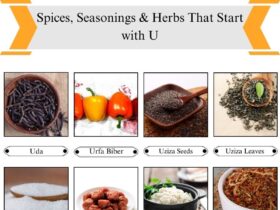
Leave a Reply